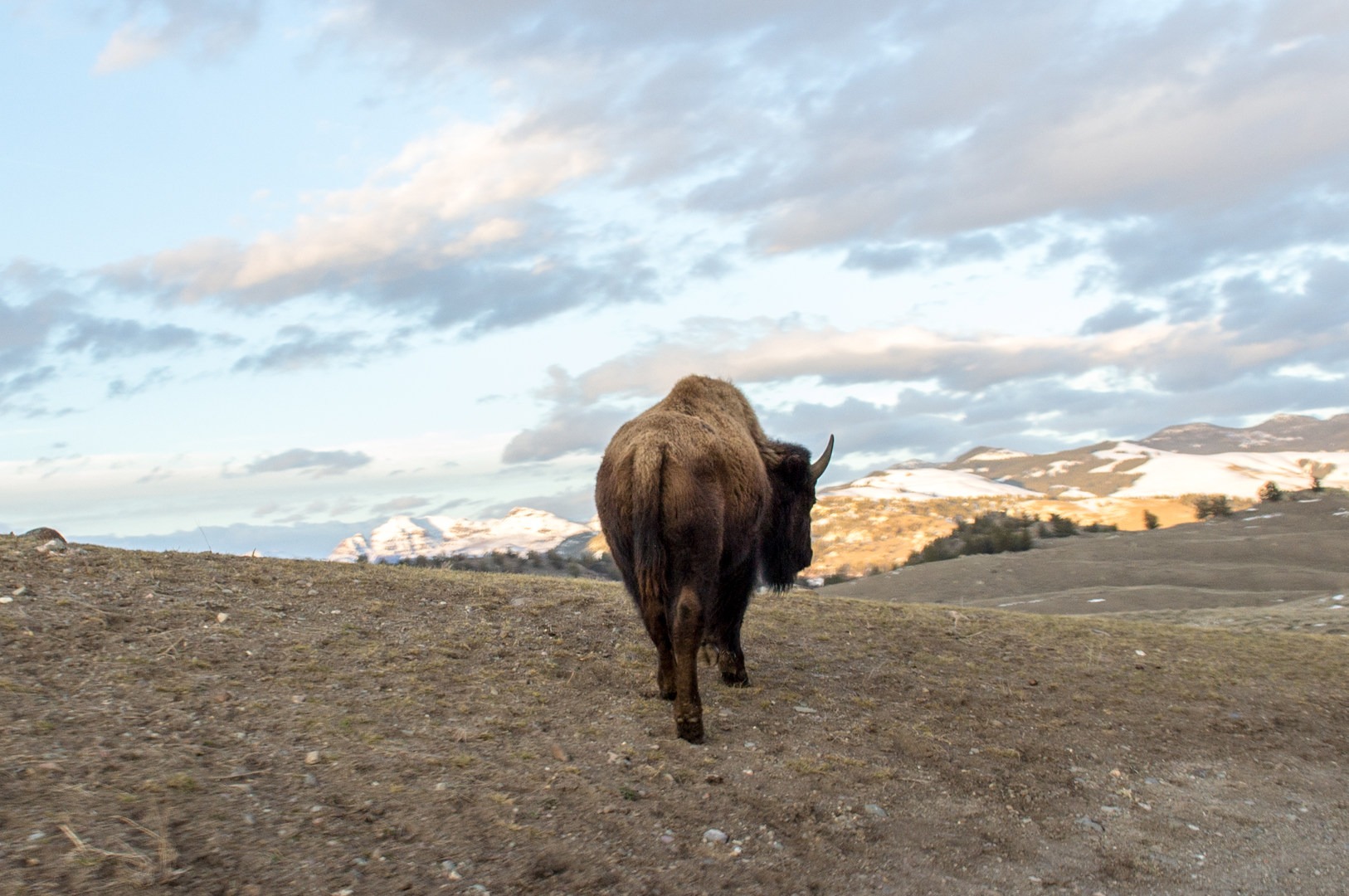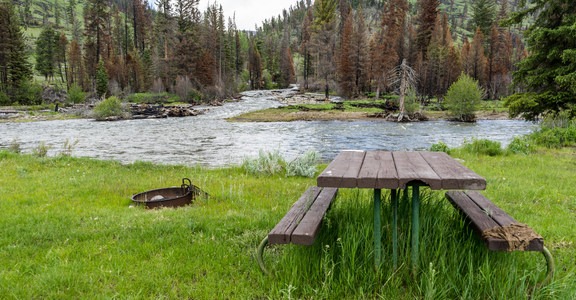Wolves can once again be found in Yellowstone National Park. Over the years loss of habitat and extermination programs caused the wolf population to decline to almost nothing by the early 1990s. In the mid-1990s wolves from Montana and Canada were released into Yellowstone National Park in the hopes to reestablish the population. Since then the population inside and out of the park has rebounded.
Currently there are around 500 wolves in the Greater Yellowstone ecosystem. They have helped restore the balance in the ecosystem, making Yellowstone an amazing place for wildlife watching as well as research. Some of the wolves in the park boundaries have radio collars so they can be monitored and studied by park rangers and scientists. You might event be lucky enough to run into one of the wildlife biologists and get an inside scoop on what the wolves have been up to lately.
Lamar Valley, in the northeastern section of the park, is one of the best places to watch for wolves as well as other wildlife, including bison, elk, coyotes, bears, moose, pronghorn, deer, and eagles. It's often referred to as the Serengeti of North America. Dawn and dusk are ideal times for spotting wildlife, because animals are most active. Be sure to bring binoculars or a spotting scope and a good camera!
The road through Lamar Valley is one of the few in Yellowstone National Park that is open year round. The valley, located between Tower Junction and the northeast entrance, was carved out by glaciers about 10, 000 years ago, which makes for wide areas to spot wildlife. There are several pullouts along the road to stop, many with interpretive signs.
Stay safe when viewing wildlife. Do not approach wolves or bears within 100 yards or other wildlife within 25 yards. This is for your safety and theirs! According to the National Park Service, “It is illegal to willfully remain near or approach wildlife, including birds, within ANY distance that disturbs or displaces the animal.”



























Comments
Sign In and share them.